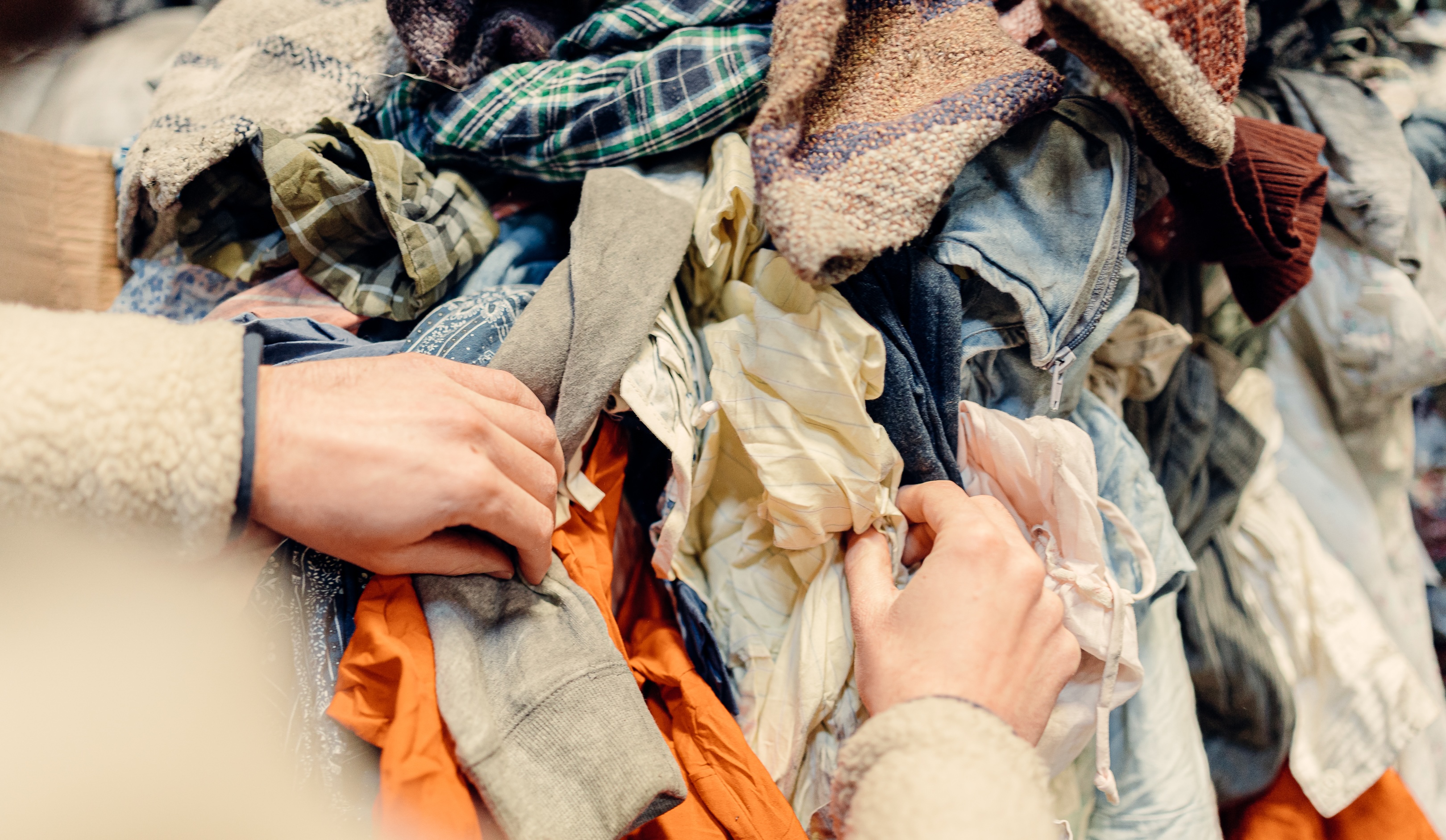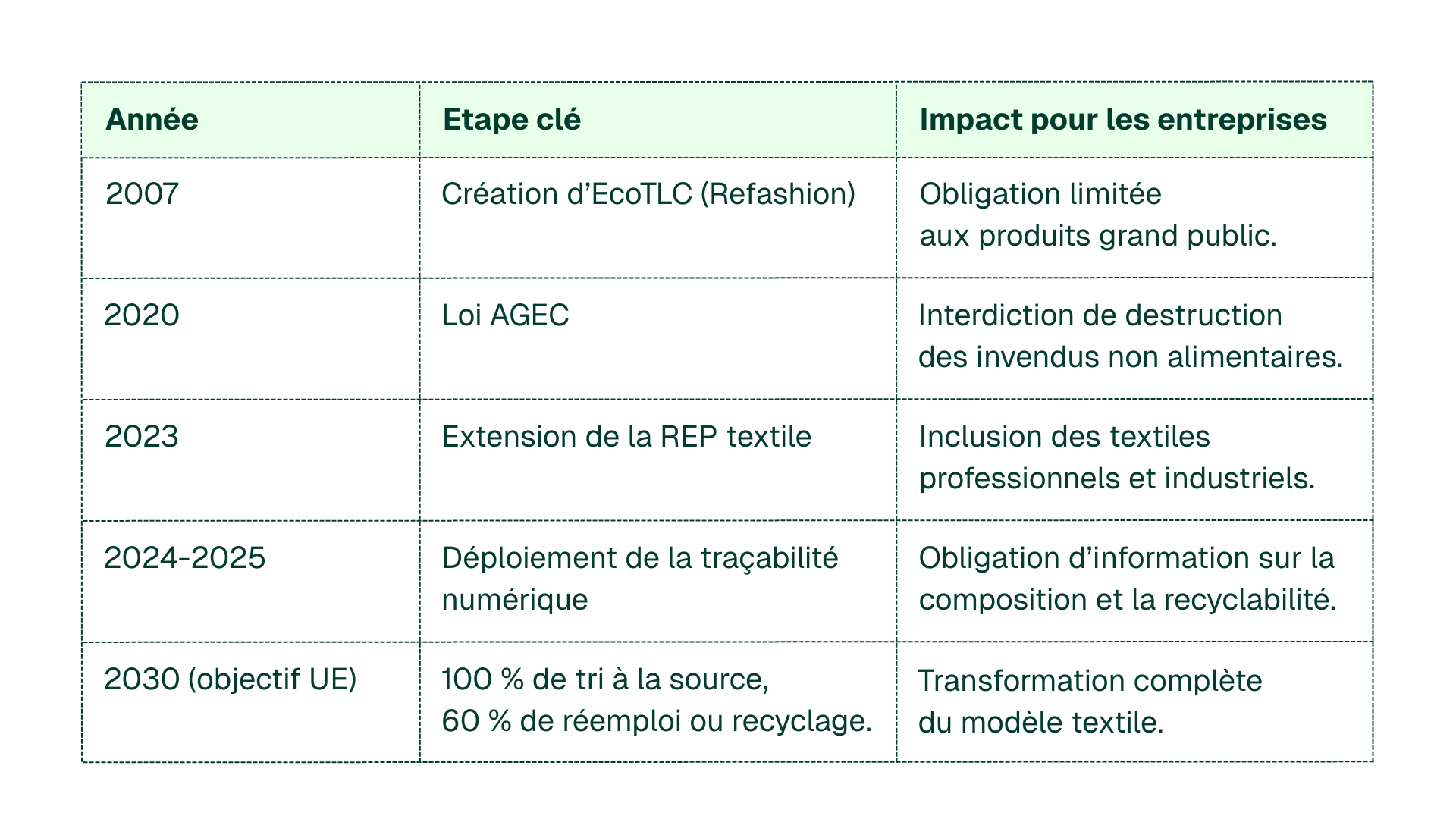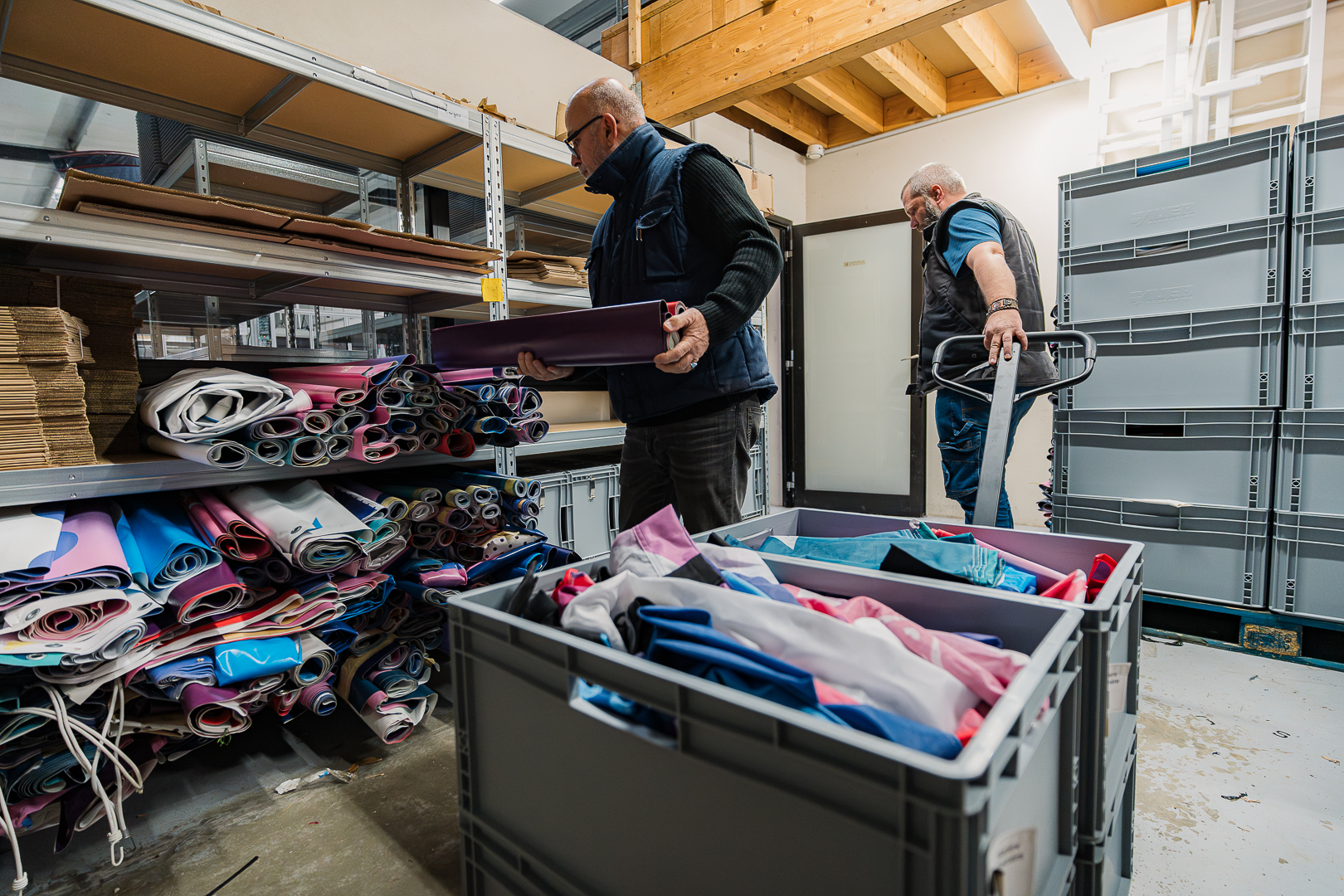Textile EPR: understanding companies' new responsibility for their waste
Since 2023, the textile sector has been fully integrated into the Extended Producer Responsibility (EPR) scheme. This regulatory framework is transforming the way companies think about the life - and end-of-life - of their textile products.

your
textile products with us?
What is textile EPR?
Extended Producer Responsibility (EPR ) is based on a fundamental principle of environmental law: "the producer is responsible for his product until the end of its life".
But in the texts, we don't just talk about "producer".
The player who is truly responsible is what the law calls the marketer (MSM):
👉 the first entity to supply a textile product to the French market, whether by production, import, own-brand distribution or processing for an end customer.
Thus, a company may be a producer but not a marketer, or a marketer without being a producer (e.g., an importer).
This is a key point for textile EPR.
In other words, any company that markets textile products (clothing, linen, accessories, uniforms, tarpaulins, furnishing fabrics, etc.) must now finance their collection, sorting and recycling.
This scheme, enshrined in the 2020 Anti-Waste for a Circular Economy (AGEC) law, is in line with the national circular economy strategy: extending product life, reducing waste, and making every player in the chain accountable.
A long-established but fully transformed industry
The textile sector was one of the first to be subject to EPR, as early as 2007, via the EcoTLC organization (now Refashion).
Originally, this obligation applied only to :
- clothing textiles,
- household linen,
- and footwear for the general public.
However, the AGEC law broadened the scope. Since January 2023, textile EPR has also applied to professional textiles and textile products not intended for direct consumption, such as :
- uniforms, workwear, image textiles,
- curtains, carpets, upholstery fabrics, slipcovers,
- advertising banners, kakemonos, event textiles.
This is a major development: companies outside the fashion industry (transport, events, hotels, catering, local authorities) are now fully involved.

Key figures for textile EPR in Europe and France
The European Union generates 12.6 million tonnes of textile waste per year (European Parliament).
In France,
- Around 800,000 tonnes of textiles, linen and footwear are put on the market every year (ADEME).
- Professional textiles would account for 15-20% of these volumes, or 120,000-160,000 tonnes a year.
- According to Refashion, nearly 200,000 tonnes are collected, but less than 1% is actually recycled into new fiber.
These figures reflect a colossal recovery potential for companies and value chains capable of processing these flows in ways other than destruction.
How does textile EPR work for companies?
Any company considered as a marketer must :
1. Join an approved eco-organization (Refashion)
This is mandatory for EPR compliance. Without membership, the company is non-compliant.
2. Declare volumes marketed each year
By category, weight and type.
Declarations must accurately reflect the products actually made available in France.
3. Pay eco-contribution
The amount depends on the weight, the type of product and sometimes its composition.
It finances national collection, sorting and recycling.
4. Guarantee minimum traceability at end-of-life
MSM must be able to prove:
- REP membership,
- declared volumes,
- and what happens to their textiles when they are taken in charge by an approved channel or a compliant service provider.
5. Implement preventive actions
This includes :
- reuse,
- the gift,
- repair,
- innovative recycling (e.g. upcycling),
- and, where possible, eco-design of textiles.
Accelerating regulation

Concerning traceability
We're not yet talking about a compulsory textile digital passport for all products, but about a gradual strengthening of transparency obligations, notably through :
- the demand for more detailed information from eco-organizations,
- justification of outgoing flows (collection, processing, reuse, recycling),
- documentation of preventive actions (repair, reuse, upcycling).
Companies must now be able to demonstrate that they comply with the sector's requirements.
Strategic challenges and opportunities
Textile EPR is not just an administrative constraint: it forces companies to rethink their entire value chain:
- Eco-design of products (less mixed materials, more recyclability).
- Inventory management (on-demand production, recovery of unsold stock).
- Circular partnerships with players capable of ensuring the traceability and transformation of used textiles.
By committing early, companies can anticipate future requirements, enhance their CSR commitment, and control their long-term environmental costs.
In a nutshell
Textile EPR marks a decisive step towards a circular economy for clothing and professional textiles.
For companies, it's :
- a regulatory obligation,
- but above all an opportunity for innovation and impact.
Revaluing textiles not only meets EPR obligations, but also gives new meaning to production by using existing resources responsibly.
Ideas, materials,
a project? We'd love to hear from you.
At Losanje, we can help you create responsible textile products, whether you have materials to recycle or not.
You might like
...


.png)
.jpg)
